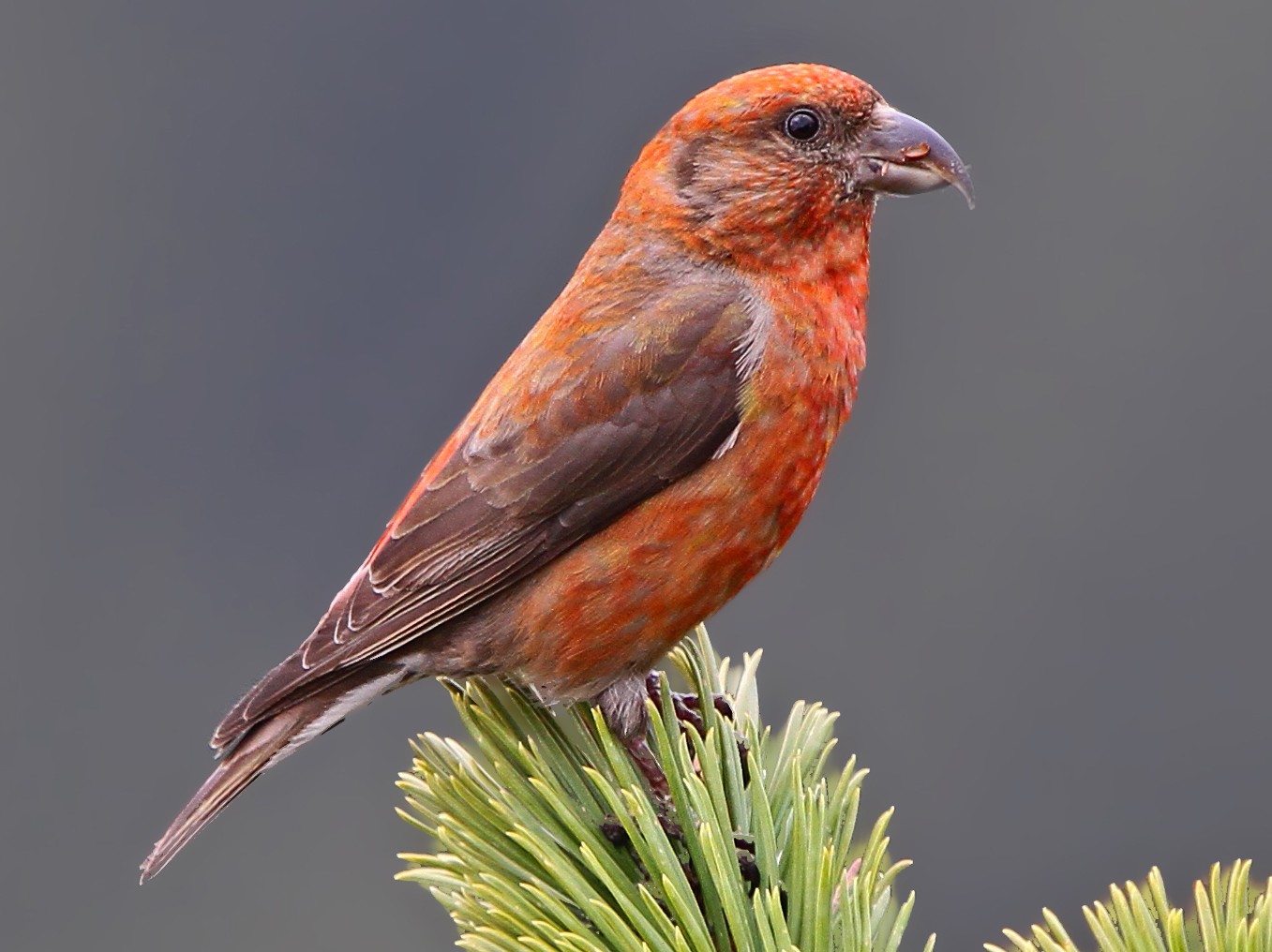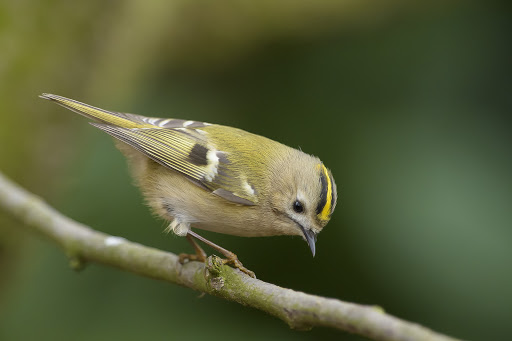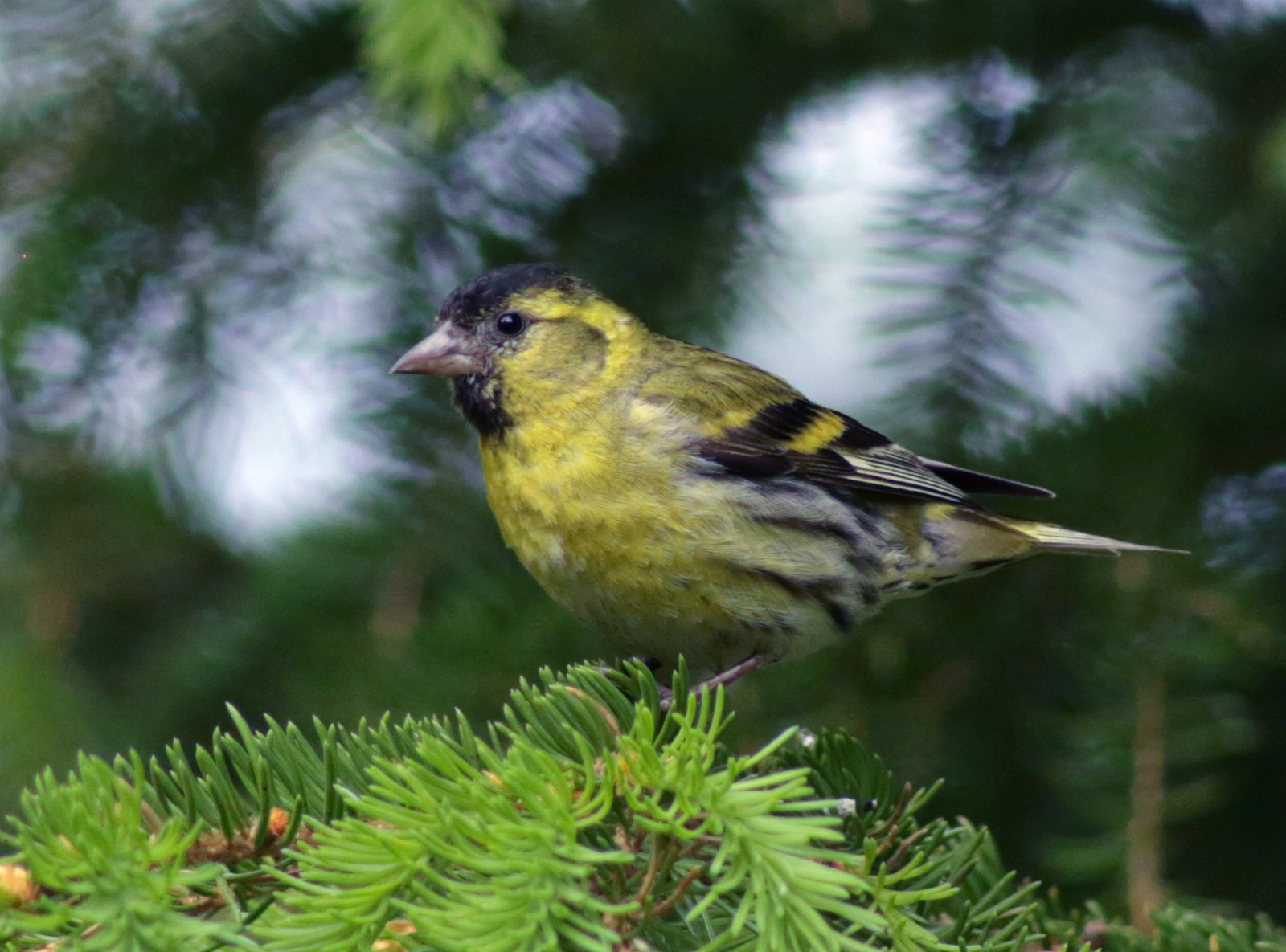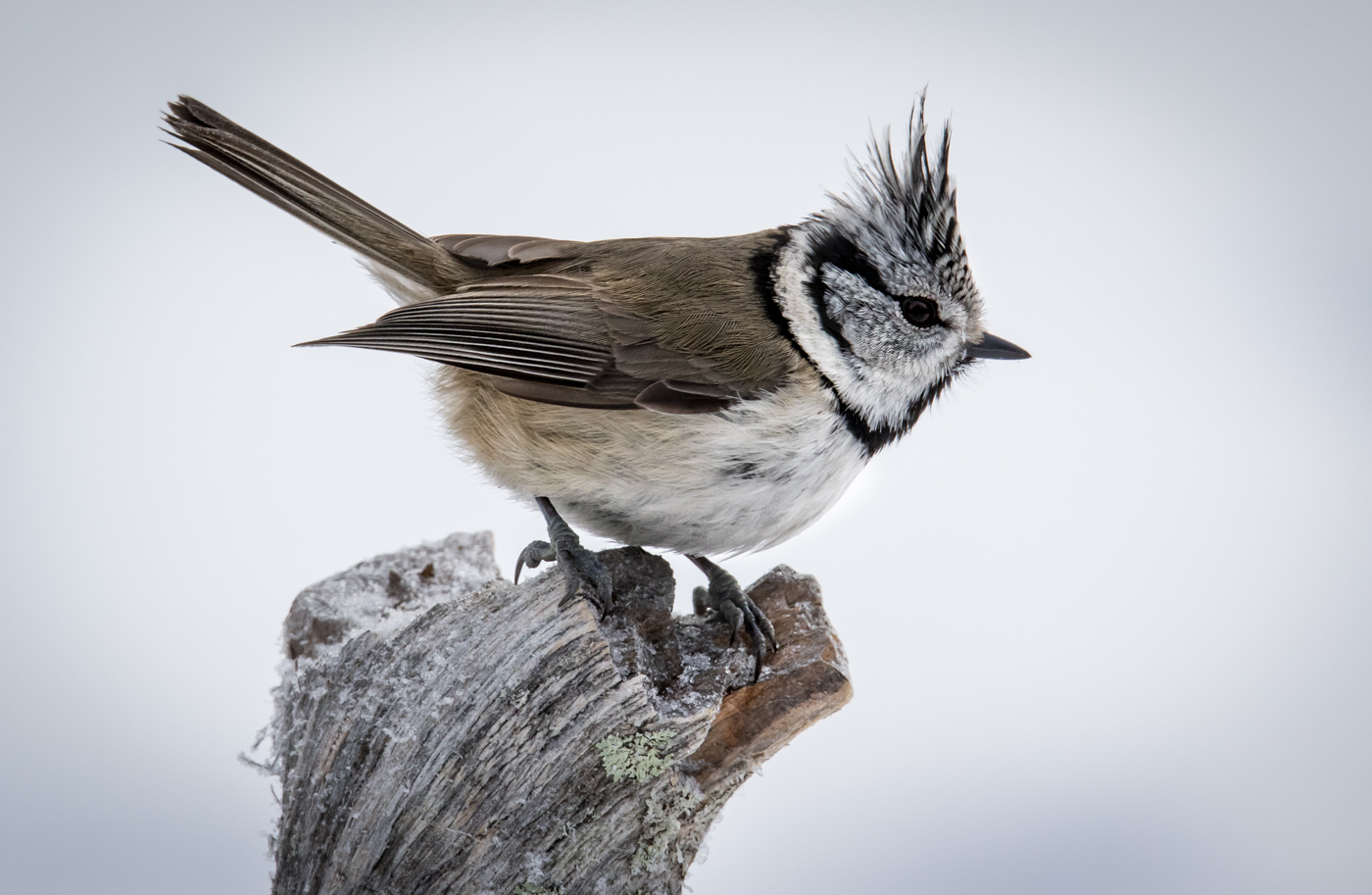Red Crossbill (Loxia curvirostra)
The bird can be easily identified by its typical crossed mandibles. Thanks to this special beak it can open skillfully pine cones to reach the seeds lying between the scales. There is a small nesting population in Hungary in highland spruce forests. The nest is built on trees, between the dense branches of spruce. During winter the northern populations move further south, thus smaller or larger flocks appear in Hungary every year.



